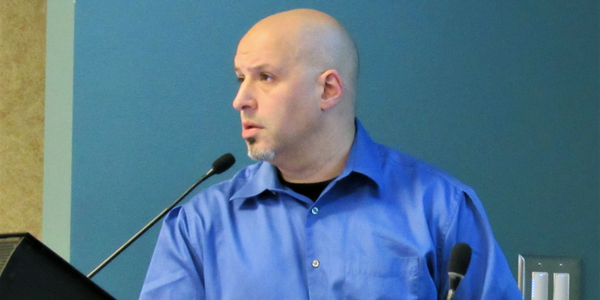MISO RASC Briefs: Little Change to Capacity Forecasts
Jan 12, 2018
MISO’s next capacity auction will likely rely on megawatt values and limits similar to those underpinning last year’s auction.



